Abrasion resistant coatings are specialized protective layers designed to prevent or significantly slow down the wear and tear that occurs when a surface is subjected to friction, impact, or harsh environmental conditions. They are widely used across industries such as mining, construction, manufacturing, transportation, and marine applications, where equipment and structures are exposed to high levels of mechanical stress. Understanding how these coatings function requires looking at the science behind wear and the specific properties that make these coatings effective.
Content
The Nature of Wear and Abrasion
Wear occurs when two surfaces come into contact and material is gradually removed from one or both due to mechanical action. Abrasion is a specific type of wear caused by hard particles or rough surfaces sliding, rolling, or striking against a material. Without protection, abrasion can lead to surface degradation, reduced structural integrity, loss of efficiency, and costly downtime for repairs or replacement.
The Function of Abrasion Resistant Coatings
Abrasion resistant coatings work by forming a durable barrier over the surface they protect. This barrier absorbs and disperses the mechanical forces caused by contact with abrasive materials, thereby reducing the direct impact on the underlying substrate. The coating acts as a sacrificial layer—while it may eventually wear down, it preserves the original surface for much longer.
Key Mechanisms of Protection
-
Hardness Enhancement
Many abrasion resistant coatings are engineered with high hardness levels, often incorporating ceramic particles, carbides, or specially formulated polymers. The harder the surface, the more resistant it is to scratching, cutting, or gouging by abrasive agents. -
Low Friction Surface
Some coatings are designed to reduce the coefficient of friction, which minimizes the amount of heat and force generated during contact. This helps reduce both surface damage and the rate of material removal. -
Impact Resistance
In applications where surfaces face repeated striking or heavy particle impact, coatings may be formulated with elastic or composite structures to absorb energy and prevent cracking or chipping. -
Corrosion and Chemical Resistance
Abrasion often works in tandem with corrosion, especially in harsh industrial environments. Many abrasion resistant coatings include corrosion inhibitors to ensure that once the surface is protected from mechanical wear, it is also shielded from chemical attack. -
Self-Lubricating Properties
Certain coatings, such as those with PTFE or other lubricating additives, create a smooth, slippery surface that allows abrasive materials to slide off without embedding into the substrate.
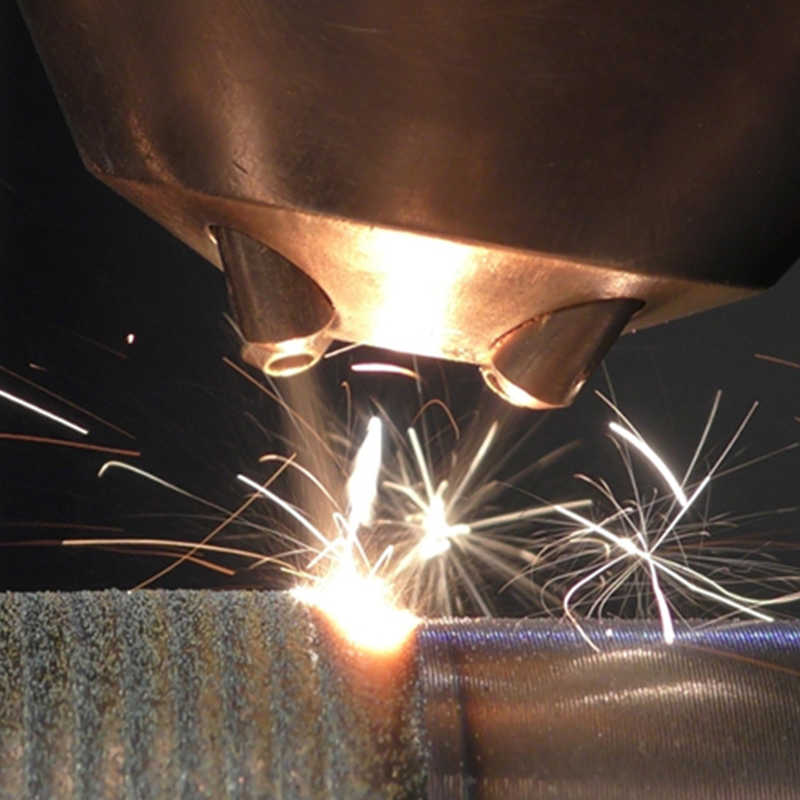
Materials Used in Abrasion Resistant Coatings
Abrasion resistant coatings can be made from a variety of materials depending on the application:
- Epoxy-based coatings for industrial floors and machinery parts.
- Polyurethane coatings for flexibility and resilience in impact-heavy environments.
- Ceramic or carbide-filled coatings for extreme hardness in mining or drilling applications.
- Thermal spray coatings that bond metal or ceramic particles to surfaces for enhanced durability.
Applications Across Industries
The use of abrasion resistant coatings is extensive:
- Mining equipment such as chutes, hoppers, and conveyor belts.
- Agricultural machinery exposed to soil, rocks, and plant debris.
- Marine vessels and offshore structures facing constant sand and salt exposure.
- Manufacturing equipment that processes abrasive powders or granules.
Conclusion
An abrasion resistant coating works as a shield that protects critical surfaces from the damaging effects of mechanical wear. By combining hardness, low friction, impact resistance, and often corrosion protection, these coatings extend the life of equipment, reduce maintenance costs, and improve operational efficiency. In industries where downtime is costly and equipment reliability is essential, abrasion resistant coatings are an invaluable investment.

 ENG
ENG
 English
English عربى
عربى Español
Español 中文简体
中文简体
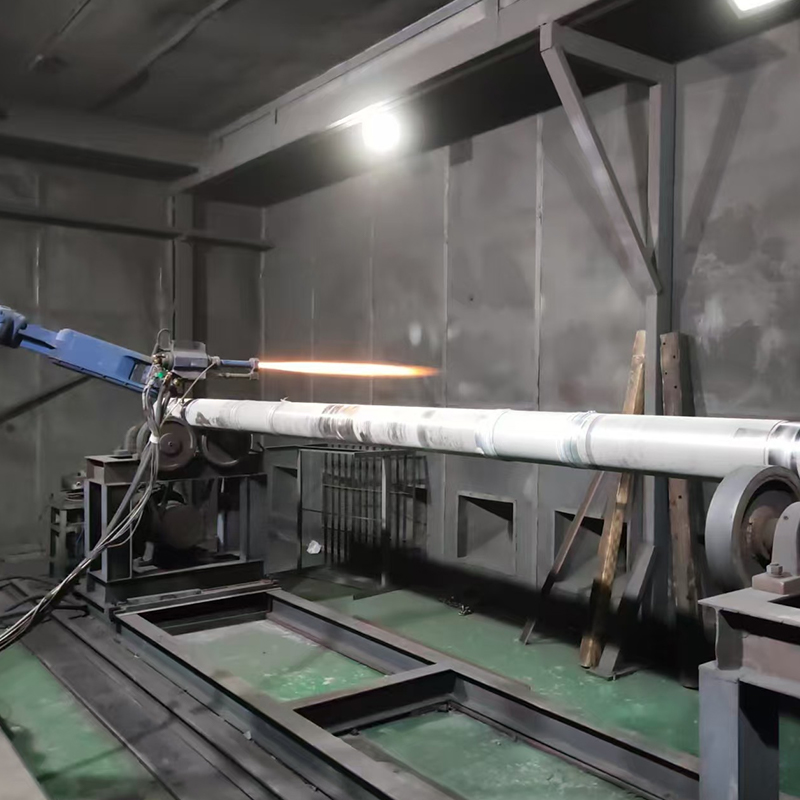
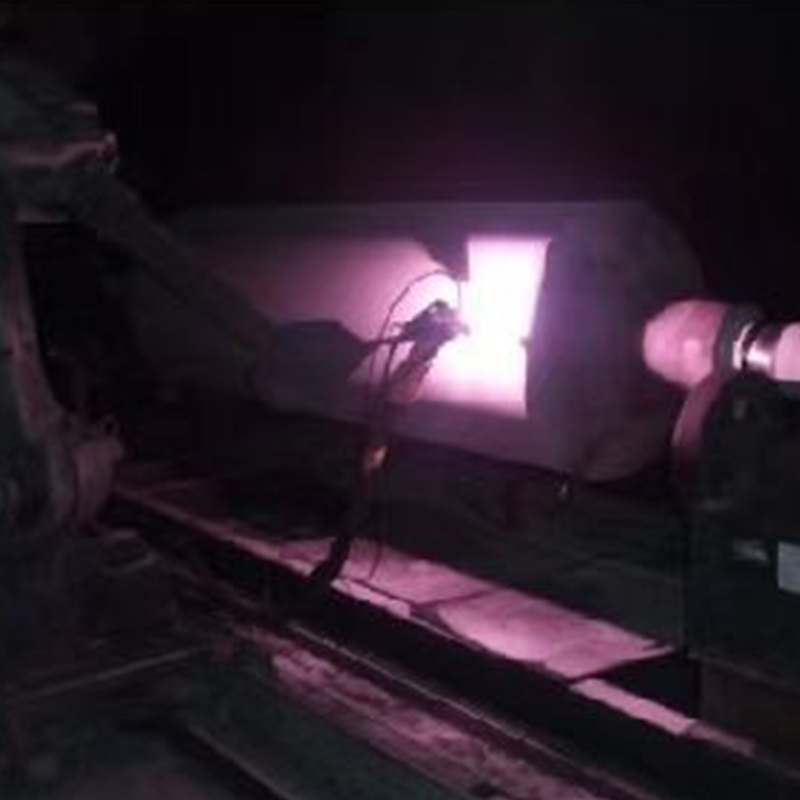
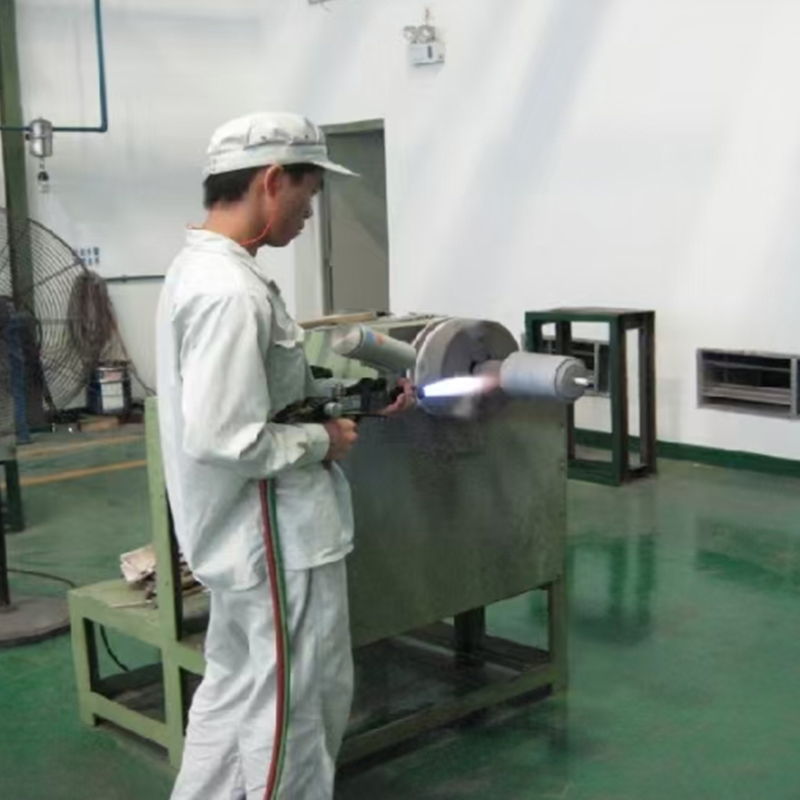


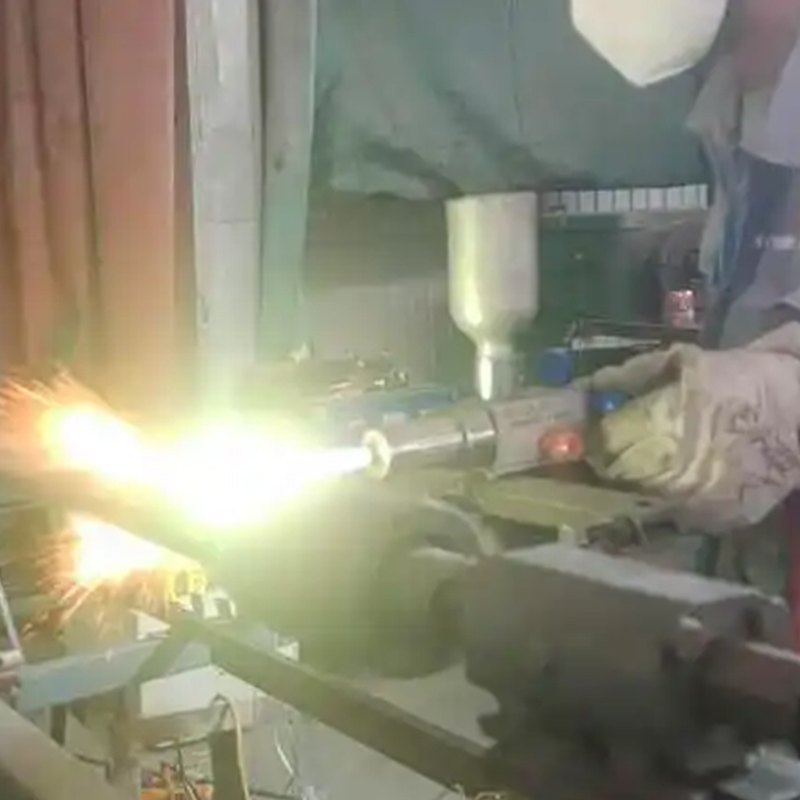
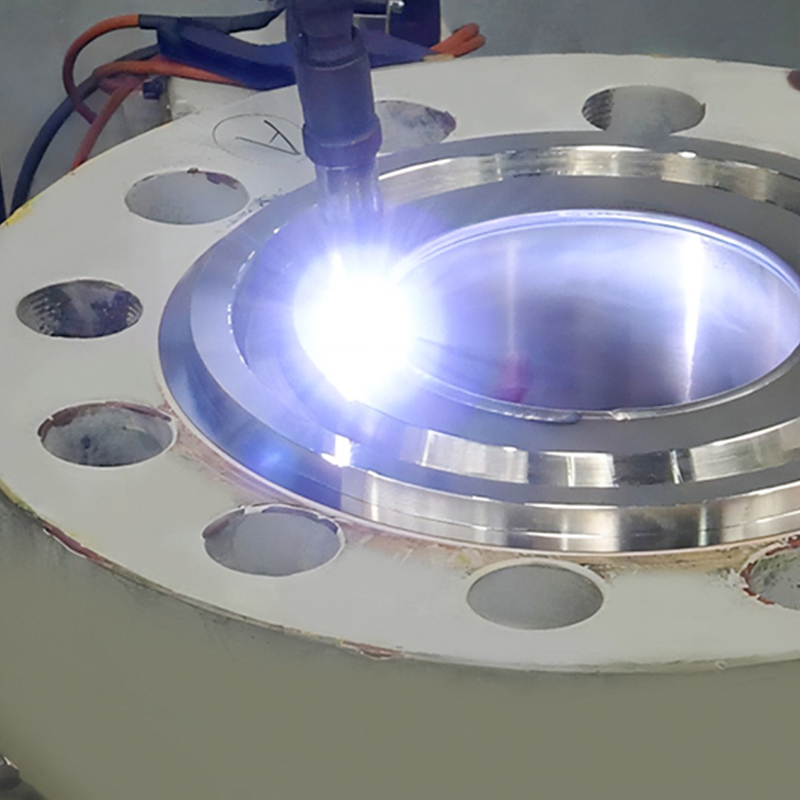
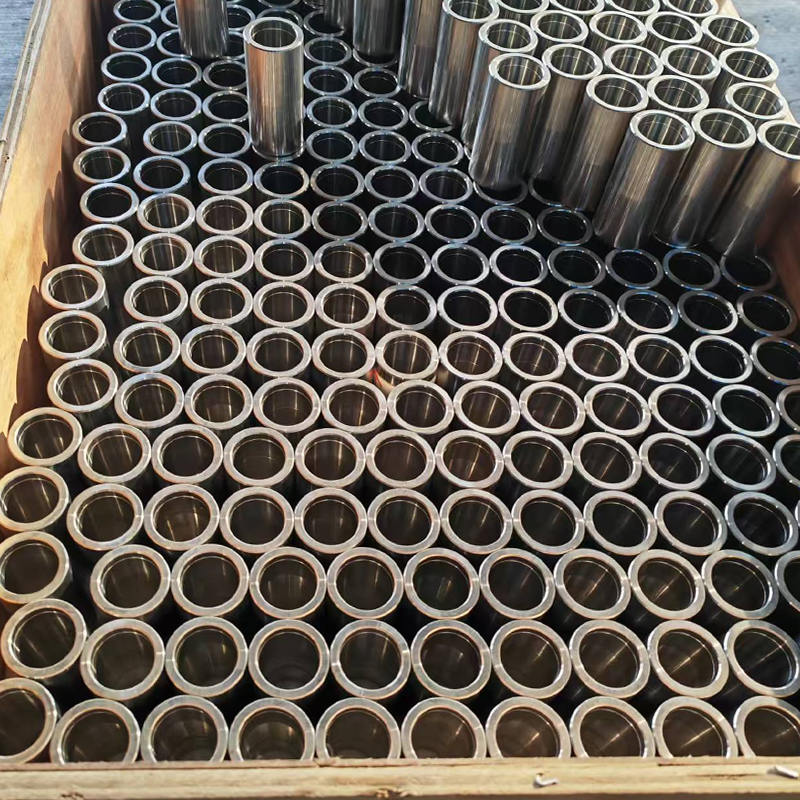
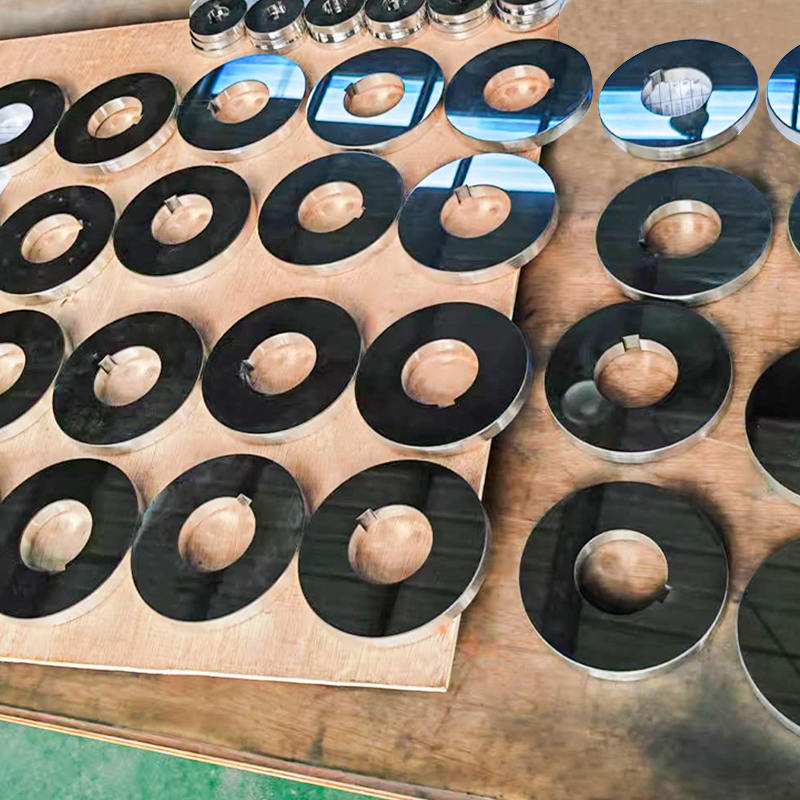
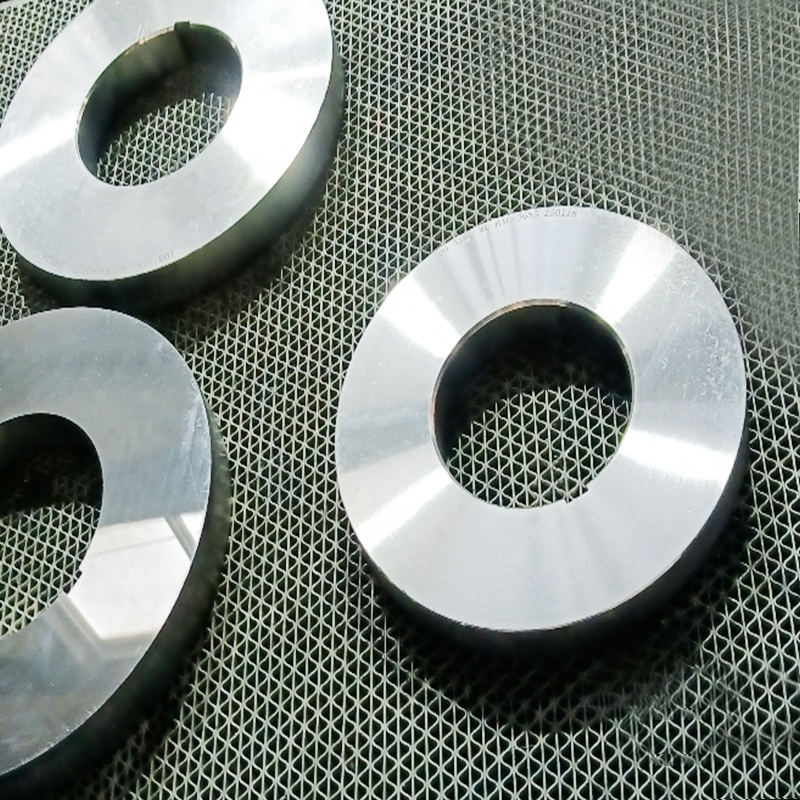
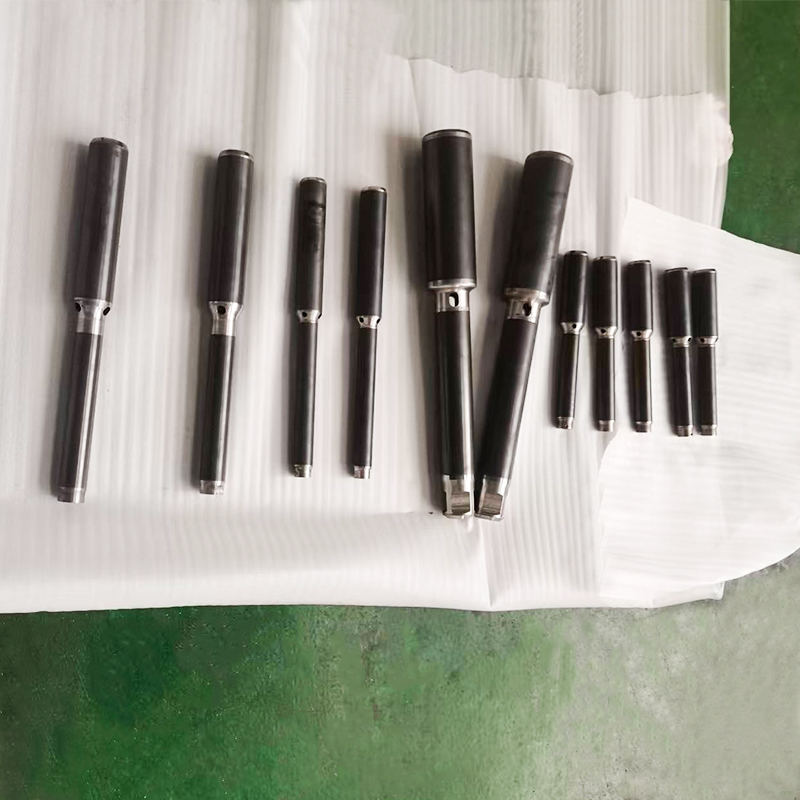
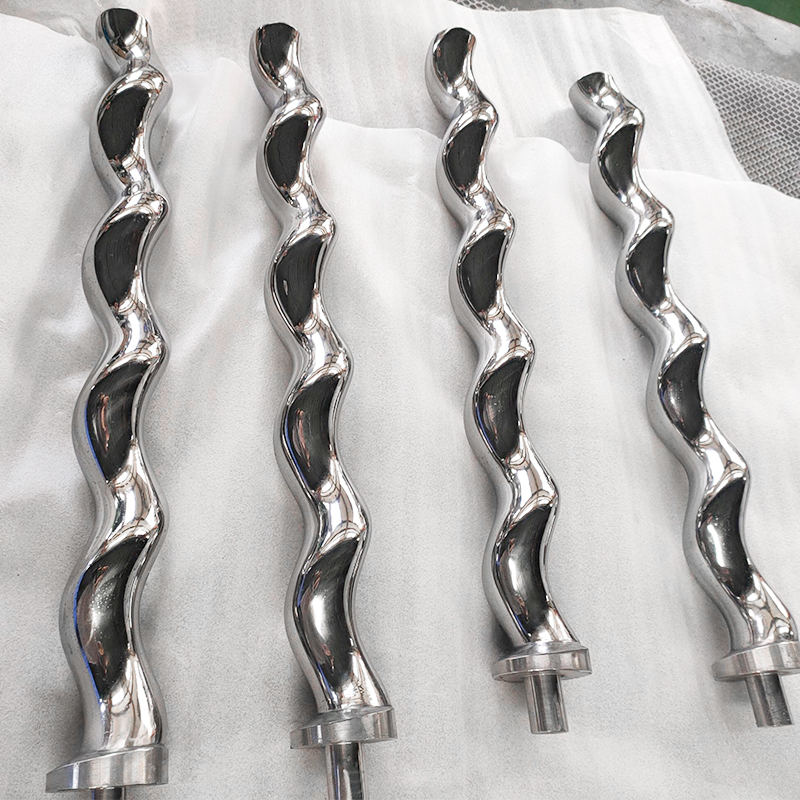

 TOP
TOP